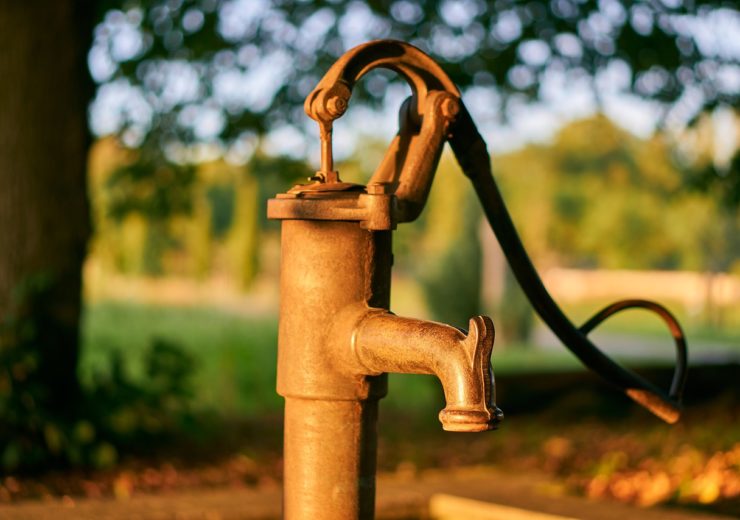World Bank’s support for the programme could help improve groundwater management across seven states and 78 districts in India

Image: World Bank to support India in strengthening groundwater levels. (Credit: Pixabay/Markus Distelrath.)
The World Bank has agreed to provide $450m in loan to the Government of India in support of a national programme to arrest depleting groundwater levels and to strengthen groundwater institutions.
The World Bank will support India’s Atal Bhujal Yojana (ABHY) – National Groundwater Management Improvement Program which will be implemented in the states of Gujarat, Maharashtra, Haryana, Karnataka, Rajasthan, Madhya Pradesh and Uttar Pradesh covering 78 districts.
These states have both hard rock aquifers of peninsular India and the alluvial aquifers of the Indo-Gangetic plains. They were selected because of the degree of groundwater exploitation and degradation, the legal and regulatory instruments in place, institutional readiness and experience in implementing initiatives related groundwater management.
The new programme is expected to strengthen the recharge of aquifers and to introduce water conservation practices, to promote activities related to water harvesting, water management and crop alignment and also to create an institutional structure for sustainable management of groundwater.
World Bank Country director in India Junaid Ahmad said: “Groundwater is India’s most crucial water reserve and managing this national resource is the need of the hour.
“This program will contribute to rural livelihoods and in the context of climatic shifts, build resilience of the rural economy. But it’s impact will also be felt globally as it stands as one of the important programs of groundwater management worldwide.”
In the last few decades, there was an exponential growth in exploiting groundwater through the construction of millions of private wells. It is estimated that between 1950 and 2010, the number of drilled tube wells increased from one million to nearly 30 million.
The land being irrigated by groundwater had also increased from nearly three million hectares to more than 35 million hectares. At present groundwater accounts for nearly 60% of the irrigation water.
Depleting groundwater could put 25% of agriculture in India at risk
If the current trends continue, within two decades about 60% of districts could reach critical level of groundwater depletion, which could in turn put at least 25% of agriculture at risk. Climate change could also worsen the current pressure on groundwater resources.
As per the World Bank, the programme could introduce a bottom-up approach in a community-driven development of water budgets and water security plans (WSPs). The water budgets will assess the surface and groundwater conditions in terms of quality and quantity and identify current and future needs.
WSPs will focus on improving groundwater quantity and will incentivise the selected states to implement the proposed actions. Community-led management measures could make users aware of their consumption patterns and offer them measures on reducing consumption.
